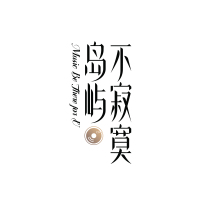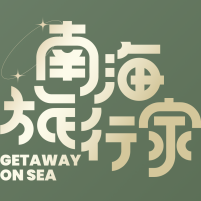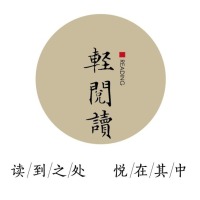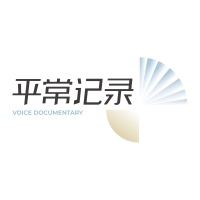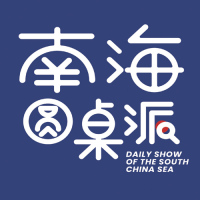From Sea to Field: Indonesia’s Shining Symbol in Global Trade

(Salt farmers harvest sea salt under hot and humid conditions. /CFP)
In Sidoarjo, East Java, Indonesia, the salt fields shimmer under the sun like a vast white sea. The sea salt produced here not only supplies the domestic market but has also gained international recognition for its quality.
In recent years, East Java’s sea salt has been exported to countries such as Japan and South Korea, where it is widely used in food processing, chemical industries, and aquaculture.

As one of Southeast Asia’s key traditional salt producers, Indonesia’s salt industry has long depended on the weather. Farmers channel seawater into the fields and rely on the scorching sun for evaporation before collecting the crystallized salt. However, frequent rainfall and humid conditions in 2025 have disrupted this age-old rhythm of production.

According to recent reports from Indonesia’s meteorological agency, heavy rain continued across many regions throughout September and is expected to persist until the end of the month, leaving salt farmers struggling to recover.

In the fields, workers still follow traditional methods, using wooden rakes to gather the salt crystals into small mounds before loading them for transport. From the sea to the fields and onward to global markets, these glimmering grains of salt are becoming a proud symbol of Indonesia’s connection to the world.







